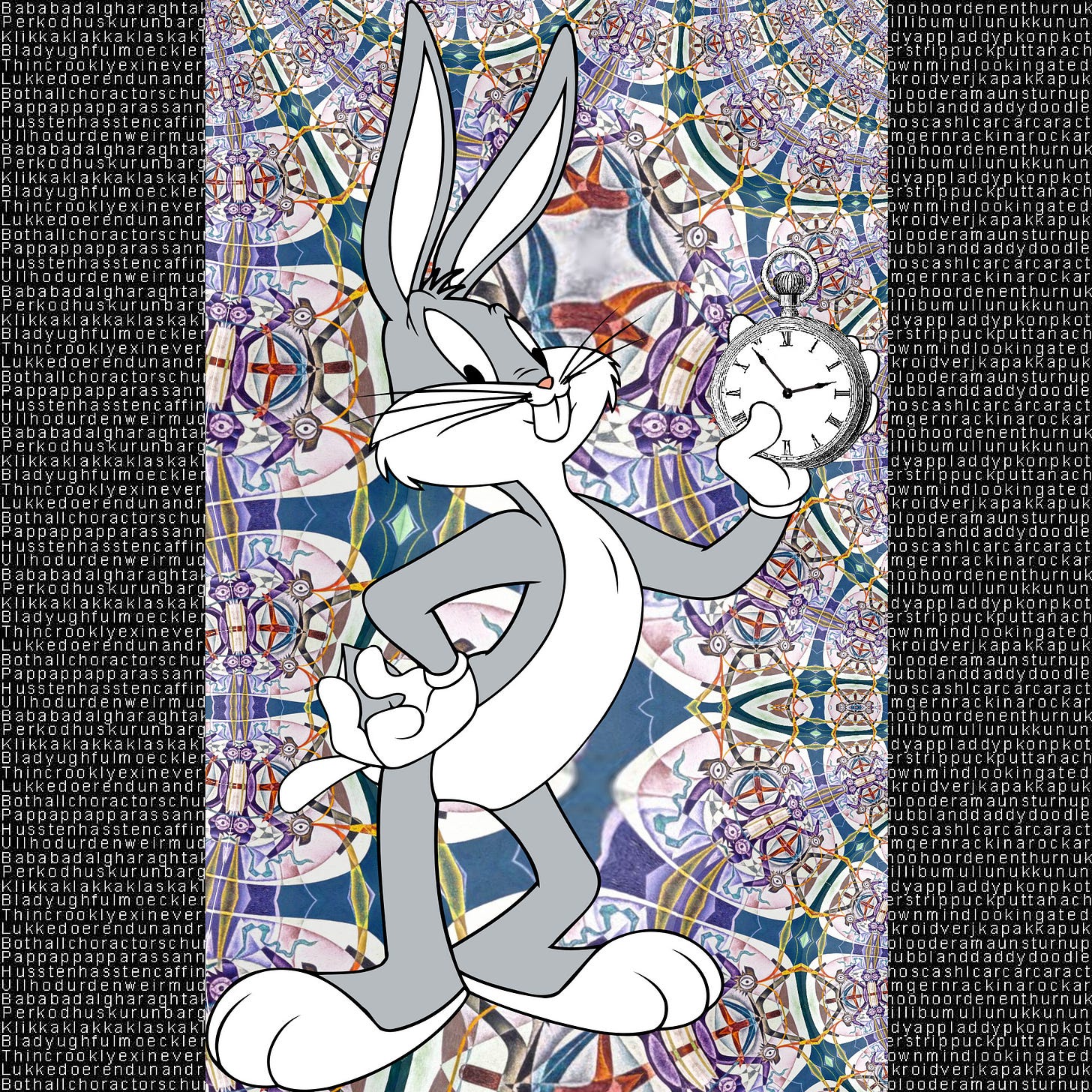Punman : “Aphorisms are always true, that is why they are reversible, especially when it comes to clichés and commonplaces: McLuhan’s assertion that “Inventions are the mother of necessity” is just as valid as the commonplace “Necessity is the mother of invention,” or that “Credit cards are the poor man’s cash” today, as McLuhan’s “Cash is the poor man’s credit card” was when he published Understanding Media in the 1960s. This was his way of rigging the game because ideas expressed in aphoristic form are not subject to “true or false” criteria. He did explain his own use of them by retrieving Francis Bacon’s distinction between “Methods” and “Aphorism.” For Bacon, says McLuhan “‘writing in aphorisms’ rather than in ‘methods’ was the difference between keen analysis and mere public persuasion” (1962: 102). An aphorism is the outcome of a long line of reasoning, the tip of the iceberg or the cream that has risen to the top. As Derrida puts it: “Despite appearances, an aphorism never arrives by itself, it doesn’t come all alone. It is part of a serial logic” (1992: 416). Aphorisms are “cool” media because the listener or reader must figure out the long line of reasoning that led to the formulation of the idea. It is like the screen image we interpret according to our own habits and experience.
McLuhan saw comics as extensions of the woodcut and photographic
media, “a world of inclusive gesture and dramatic posture."
“[T]he modern comics strip and comic book,” he wrote, “provide very little data about any particular moment in time, or aspect in space, of an object. The viewer, or reader, is compelled to participate in completing and interpreting the few hints provided by
the bounding lines.” These are qualities of what McLuhan termed “cool” media, lo-fi creations that force us to fill in the blanks. They contrast with “hot” media like film, which make the viewer “a passive consumer of actions.” Comics, in his words, are cool.
To McLuhan, Mad was “a ludicrous and cool replay of the forms of the hot media
of photo, radio and film.”
“Mad is a kind of newspaper mosaic of the ad as
entertainment, and entertainment as a form of madness.” It exploited
the fact that ads, according to McLuhan (who considered Hollywood
movies ads for popular culture), were “not meant for conscious
consumption,” so that “any ad consciously attended to is comical.”
“The comic strip and the ad, then, both belong to the world of
games, to the world of models and extensions of situations
elsewhere.”






